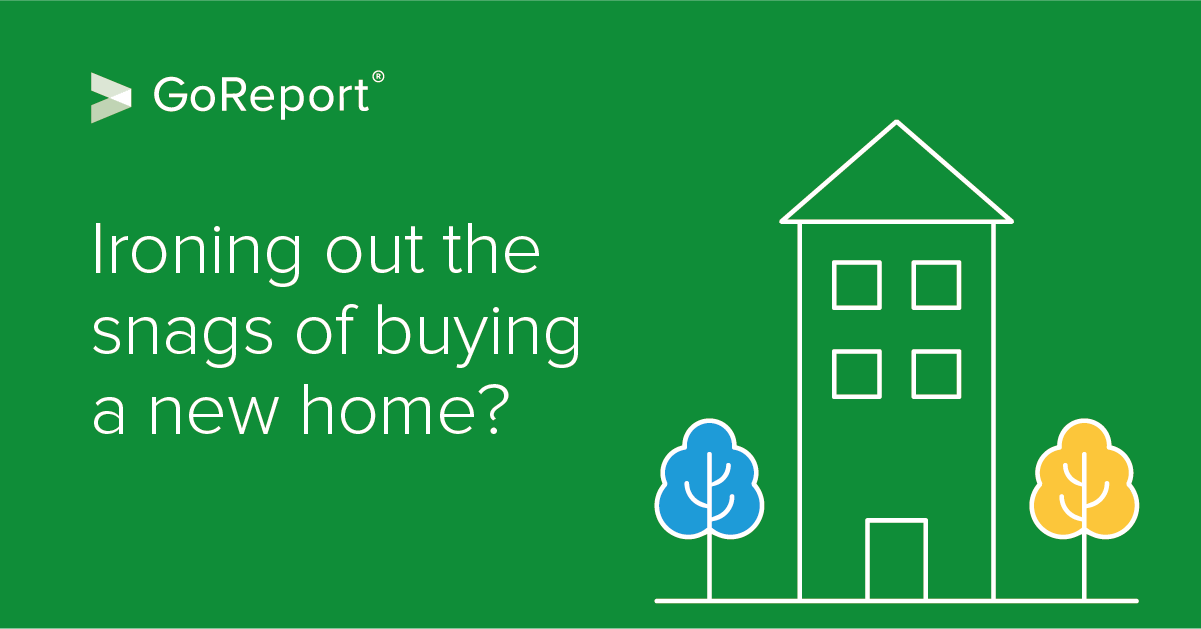Ironing out the snags of buying a new home

Overview
In theory, a new build home should offer buyers peace of mind but new figures suggest that almost every single new home in the UK is defective when handed over to its new owner.
The BBC recently reported a rise in the number of customer reported snags from 93% in 2015 to 99% in 2018. They spoke to one couple who had been forced to move out of their new build twice to allow repairs to be carried out.
Buyers typically rely on a Condition Report or Homebuyer’s Report for a new home, making the assumption that it meets current building regulations and has been thoroughly checked and approved by the builder. Few are aware that an additional snagging survey can pick up shoddy workmanship such as poorly fitting doors, faulty fixtures and fittings, leaky showers and more significant structural issues.
What are the most common snags found in a new property?
Most new housing developments are built to tight timescales and budgets. This means checks are often missed and some essential elements of the structure, such as insultation, can be overlooked entirely.
In fact, missing or inadequate insulation is one of the most common defects in new homes and may remain undiscovered for years, often only becoming apparent when the owners come to resell the property.
Other common snags include broken roof tiles, faulty drainage, incomplete grouting, missing door hinges, scratched windows, badly fitted skirting boards or door frames and faulty light fittings.
Some of the most disruptive repairs are those involving the kitchen or bathroom and snagging reports can help buyers pick these up before they move in.
How long do repairs take?
The HomeOwners Alliance has launched a campaign calling for more action against developers and house builders who leave owners with a long list of repairs to deal with. It found that although the builder is liable for repairs, buyers who discover problems with their property can have a battle on their hands when they try and hold the developer to account. As a result, repairs can take months or even years to fix if they are discovered after completion.
The challenges involved in securing agreement from the developer to make the necessary repairs is reflected in the latest New Homes Review which reports that the number of people who say they would not buy from the same builder again has doubled in the last year. The review also backs up the findings of other recent surveys, revealing that more than 9 out of 10 new properties have snags and defects on the moving in date.
The HomeOwners Alliance recommends that buyers carry out a snagging check before exchanging contracts, giving them more leverage to sort things out prior to money changing hands.
Which survey is best for new build properties?
The latest statistics revealing the high level of snagging explain why a snagging survey from an RICS accredited surveyor is becoming an increasingly important part of the buying process for new build homes.
The advice for any home buyer is to choose the survey that is most appropriate for the condition of the property. Whilst new builds clearly shouldn’t need a full RICS Level 3 Building Survey, a snagging survey helps buyers identify faults at an early stage so that the builder can be commissioned to rectify any issues before they move in.
Surveyors can help by suggesting a snagging report as an additional service to buyers who commission a Condition Report or Homebuyer’s Report on a new build property.
GoReport makes it easy for surveyors to offer this additional service. The GoReport SmartReports Library is a comprehensive database of off the shelf report solutions for surveyors which includes snagging. To find out more call 028 9691 0018.




